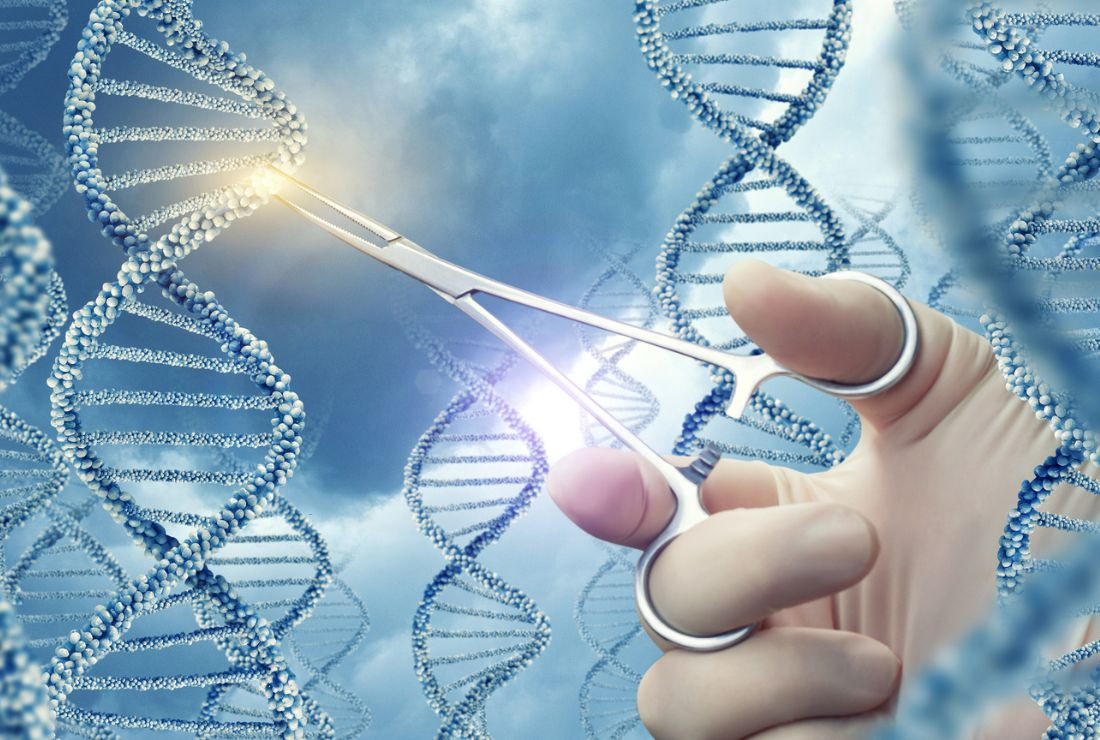
You thought it skipped your line. No history on your side. Then it showed up. Unexpected. A sibling. A cousin. It raised a question you didn’t want. Could it be shared? Genetics doesn’t ask permission. It doesn’t knock. It passes on quietly. Without symptoms. Without signs. Just risk. Sitting in silence.
You were told it wasn’t inherited, but you still wondered about the pattern
One person, then another. You looked back. It didn’t feel random. The same kind. The same age. The same outcome. Doctors said maybe. But not enough proof. That’s what family history often looks like—almost clear, but not quite. Genetic risk hides between the lines. It doesn’t shout. It repeats.
Your mother had breast cancer, and now every lump feels heavier than it should
You check more often. You press harder. The mind doesn’t forget. Especially when genes echo. BRCA1 and BRCA2 changed how breast cancer is seen. They opened a door. Not to fear. But to testing. To knowing. To checking sooner. Even if your tests are normal, your risk might not be.
You were young when your uncle had colon cancer, but the story stuck
He was 45. Maybe younger. And it spread fast. You remember the waiting rooms. The hushed updates. Years later, the worry returns. Lynch syndrome often starts that way. Not with you. But near you. Early screening isn’t panic. It’s memory turned into medicine.
You tested negative, but still feel like something is waiting
The results came. Clear. But doubt stayed. Some genes aren’t mapped yet. Some risks aren’t named. A negative result doesn’t erase family history. It just narrows the map. Surveillance might still be needed. Especially when patterns are strong, even if science is still catching up.
You asked about testing, but the doctor said it wasn’t necessary yet
You expected a referral. But they paused. Not everyone needs genetic testing. It’s not about curiosity. It’s about clustering. Types. Ages. Timing. Genetic counseling looks for patterns. It builds risk profiles. You don’t test for cancer—you test for signals. That’s what makes the test worth it.
You did the testing, and now don’t know what to do with the result
It says “variant of unknown significance.” Or “elevated risk.” But what next? That’s the hardest part. Genes don’t predict behavior. They suggest possibility. Your next step might be more screening. Or just awareness. Risk doesn’t mean fate. But it does mean decision.
You were the first in your family to be diagnosed, and everyone asked why
No one saw it coming. No history. No signs. But here you are. That’s when genetic testing often starts—not before, but after. You become the starting point. The reference. What you learn might help others. Children. Siblings. Nieces. Knowing starts with one person.
You heard about a gene that runs in your region, but never got tested
It’s common in your town. Or community. People talk. But no one explains. Founder mutations happen. Certain genes travel through ancestry. Cluster in groups. Genetic mapping isn’t just personal—it’s regional. Some hospitals test based on origin, not just symptoms.
You were adopted, and the silence feels heavier than any diagnosis
You don’t know the tree. Just the trunk. Every ache feels like a maybe. That’s when genetics becomes more than medical. It becomes identity. Knowing your DNA fills in blanks no history can. For many adopted adults, it’s the only way to listen backward.
You already had cancer, and now wonder what it means for your children
You made it through. Treatment. Recovery. But now you look ahead. Not just for you. Genetic testing after diagnosis isn’t about your care—it’s about theirs. Inherited risks don’t end with survival. They shift focus. Toward protection. Toward prevention.
You saw the word “mutation” and it scared you more than the diagnosis did
It sounds dramatic. Like fiction. But mutations aren’t always bad. They’re just changes. Variations. Some protect. Some warn. Most do nothing. The word matters less than the effect. That’s why interpretation matters more than headlines. A report without context causes panic. With context, it offers clarity.
You expected a simple answer, but got a report filled with symbols and codes
CYP1A2. MLH1. VUS. It looks like a foreign language. That’s where genetics slows down. Not for data—but for understanding. Good testing includes counseling. Not just results. Because what you learn might change your care. Or it might not. But you need someone to walk you through it.
You didn’t want to test because you weren’t ready to act on the result
That’s valid. Knowledge brings weight. Some prefer not to know. Not because they deny. But because they wait. For readiness. For clarity. Genetic counselors respect that. Testing is never forced. It’s offered. When knowing becomes safer than not knowing.
